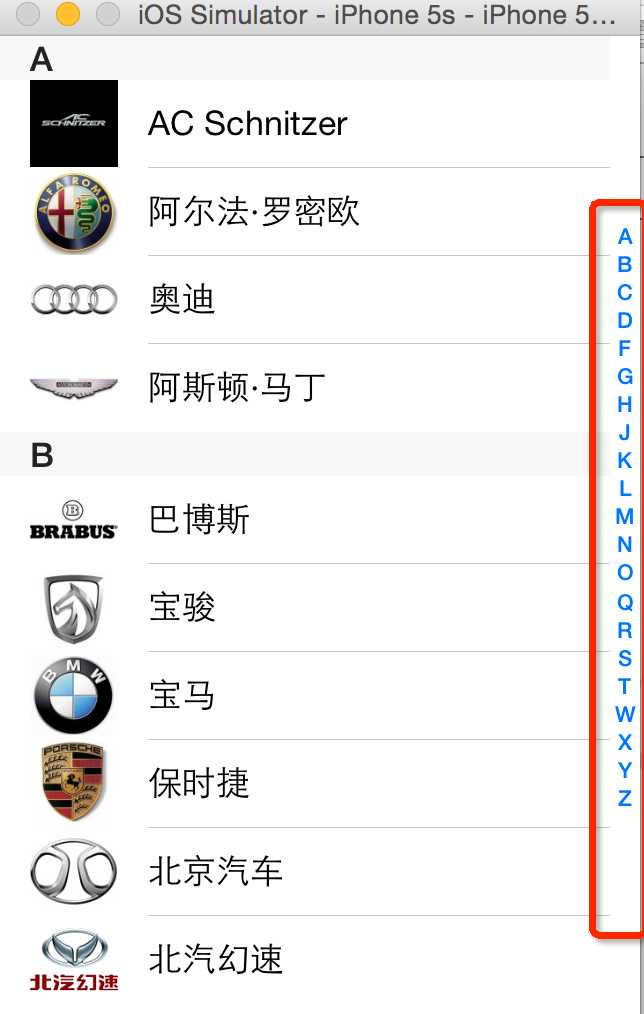标签:
在iOS中,要实现表格数据展示,最常用的做法就是使用UITableView。UITableView继承自UIScrollView,因此支持垂直滚动,而且性能极佳。
UITableView有两种样式:
- (NSInteger)numberOfSectionsInTableView:(UITableView *)tableView;
2.调用数据源的下面方法得知每一组有多少行数据
- (NSInteger)tableView:(UITableView *)tableView numberOfRowsInSection:(NSInteger)section;
3.调用数据源的下面方法得知每一行显示什么内容
- (UITableViewCell *)tableView:(UITableView *)tableView cellForRowAtIndexPath:(NSIndexPath *)indexPath;
// 表格行线条的颜色 self.tableView.separatorColor = [UIColor colorWithRed:255/255.0 green:255/255.0 blue:0 alpha:255/255.0]; // 显示表格行线条的样式,UITableViewCellSeparatorStyleNone为没有线条 self.tableView.separatorStyle = UITableViewCellSeparatorStyleSingleLine; // 表格的头部控件(直接显示表格的最顶部),一般用来显示广告 self.tableView.tableHeaderView = [UIButton buttonWithType:UIButtonTypeContactAdd]; // 表格的底部控件,一般用来加载更多数据 self.tableView.tableFooterView = [[UISwitch alloc] init];
- (UITableViewCell *)tableView:(UITableView *)tableView cellForRowAtIndexPath:(NSIndexPath *)indexPath { // 1.定义一个cell的标识。static修饰局部变量:可以保证局部变量只分配一次存储空间(只初始化一次) static NSString *ID = @"mjcell"; // 2.从缓存池中取出cell UITableViewCell *cell = [tableView dequeueReusableCellWithIdentifier:ID]; // 3.如果缓存池中没有cell if (cell == nil) { cell = [[UITableViewCell alloc] initWithStyle:UITableViewCellStyleSubtitle reuseIdentifier:ID]; } // 4.设置cell的属性... return cell; }
已经有相应的数据源,实现即可
/** * 返回右边索引条显示的字符串数据 */ - (NSArray *)sectionIndexTitlesForTableView:(UITableView *)tableView { return [self.groups valueForKeyPath:@"title"]; }
效果:

// 全部刷新 [self.tableView reloadData]; // 局部刷新,row指的是第几行,inSection指的是第几组 NSIndexPath *path = [NSIndexPath indexPathForRow:row inSection:0]; [self.tableView reloadRowsAtIndexPaths:@[path] withRowAnimation:UITableViewRowAnimationBottom];
标签:
原文地址:http://www.cnblogs.com/jys509/p/4813394.html